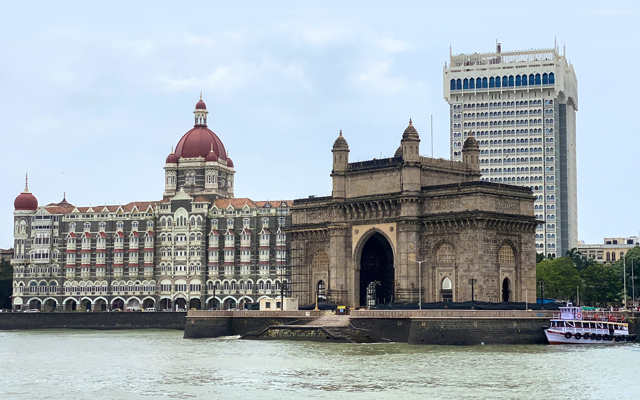The Indian hospitality sector is poised for growth this year and beyond, with a promising trajectory projected for revenues, occupancy rates and average room rates (ARRs), say industry stakeholders and recent research.
According to India’s credit rating agency ICRA, the sector’s revenues are projected to grow by seven to nine per cent year-on-year in FY2025 and six to eight per cent year-on-year in FY2026, building on the strong base of FY2024. Further, ICRA estimates pan-India premium hotel occupancy to improve to 72 to 74 per cent in FY2026 from 70 to 72 per cent in FY2025.

“Gateway cities like Mumbai and the National Capital Region (NCR) are forecasted to lead with occupancy rates exceeding 75 per cent, driven by transient passengers, business travellers, and business events,” said Vinutaa S, vice president and sector head – corporate ratings, ICRA.
Shikhar Kumar, managing director of Stonewood Hotels believes that segments such as leisure, weddings and business events will play a pivotal role in driving demand for his hospitality company.
“Spiritual tourism is also expected to witness further growth in 2025, contributing to improved average occupancies and ARRs in destinations like Rishikesh and Prayagraj. We project revenue growth in the range of seven to 10 per cent over the next nine to 12 months. While inbound tourism for key destinations like Goa is likely to show improvement in the coming months, the domestic market will continue to dominate the demand landscape for the Indian hospitality sector in 2025,” added Kumar.
As per ICRA’s research, non-metro Indian cities will generate a meaningful share of demand for Indian hotels in 2025.
Gaurav Shetty, managing director of MRG Group (Hospitality & Infrastructure) said: “As global travel continues to rebound, India will benefit from both domestic and international travel. The government’s focus on promoting the country as a tourist destination with campaigns like Dekho Apna Desh will only bolster the industry growth. With a strategic focus on tier-two cities, we aim to complement the country’s rich cultural heritage while expanding our footprint. Overall, we expect to see a significant growth in RevPAR and occupancy in 2025.”











